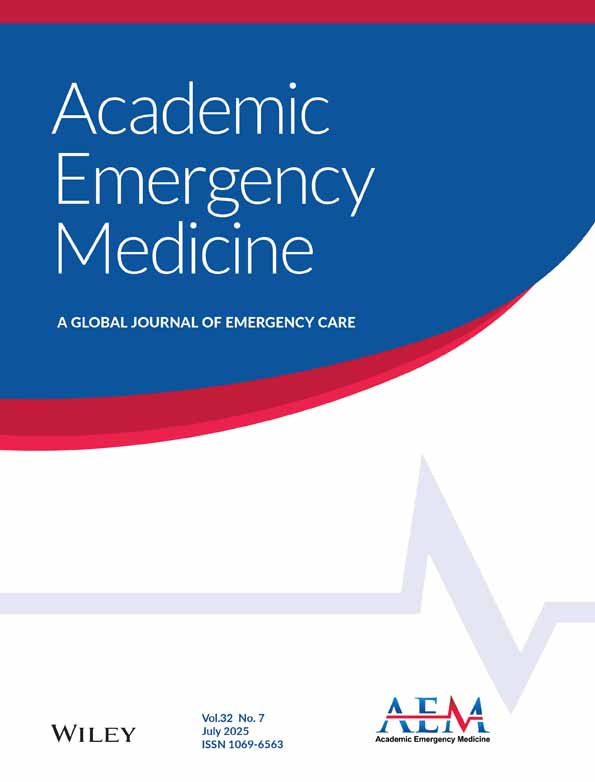Subarachnoid Hemorrhage Diagnosis: Lumbar Puncture Is Still Needed When the Computed Tomography Scan Is Normal
ABSTRACT
Objectives: To determine the sensitivity of third-generation CT scanners for diagnosed nontraumatic subarachnoid hemorrhage (SAH) and to assess the impact of symptom duration on sensitivity.
Methods: A retrospective chart review was performed in a university-affiliated tertiary care hospital with an annual ED volume of >100,000 patients. The target population was all patients who presented to the ED from January 1991 to September 1994 with symptoms suggestive of SAH and who had a final diagnosis of nontraumatic SAH based on either a positive CT scan or positive spinal fluid analysis. Patients referred from outside facilities were included if they had a CT done at the study site. All CT scans were done using third-generation scanners. Official CT scan reports were used to categorize scans as positive or negative.
Results: There were 140 patients identified with SAH, with a mean age of 56 years (range 10–88). The sensitivity of CT in the diagnosis of nontraumatic SAH when performed at or before 12 hours of symptom duration was 100% (80/80), and 81.7% (49/60) after 12 hours of symptom duration (95% CI 95–100% and 69.5–90.4%, respectively; p < 0.0001). Eleven of the 140 patients had a negative CT and positive spinal fluid analysis, yielding an overall sensitivity of 92.1% (129/140).
Conclusion: The sensitivity of third-generation CT scans for SAH decreases with time from the onset of symptoms. In this sample population, CT was able to detect all patients scanned ^12 hours after symptom onset. Although the study demonstrated good sensitivity of CT scan reports for SAH when the scan was performed after S12 hours of symptom onset, additional real-time experience is needed to better define the potential risk of a missed SAH should this population not receive the customary lumbar puncture examination in the setting of a negative CT scan.




